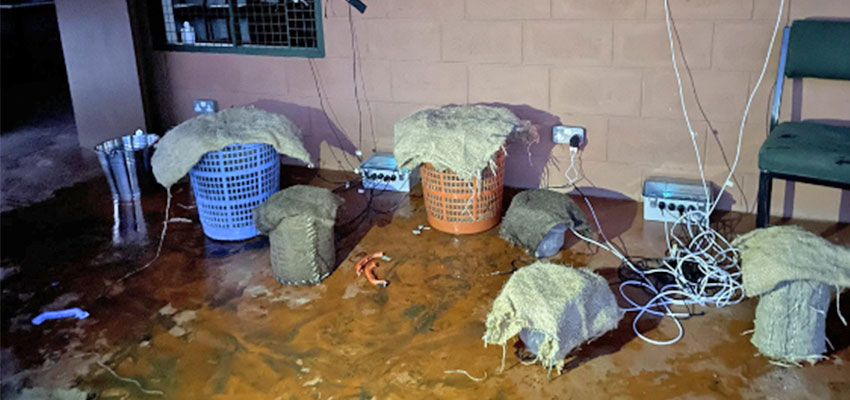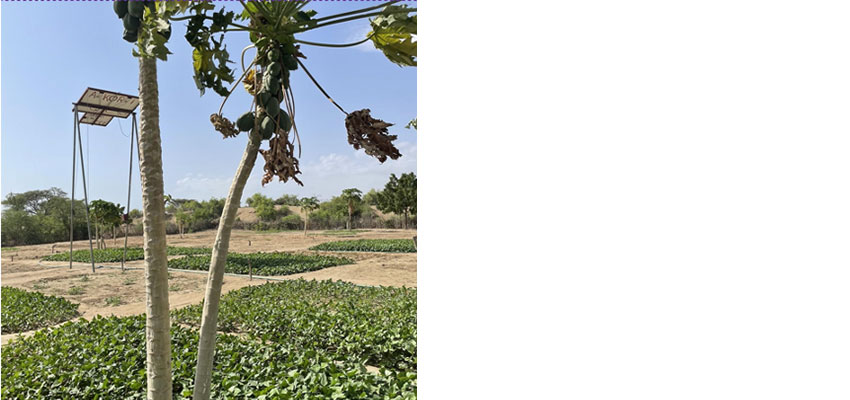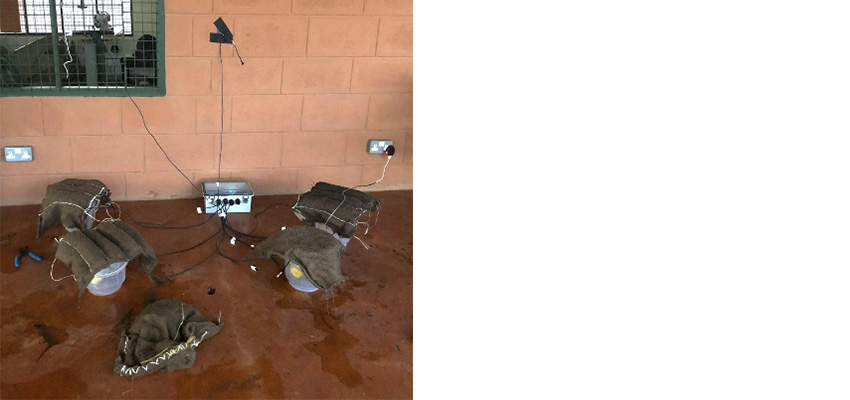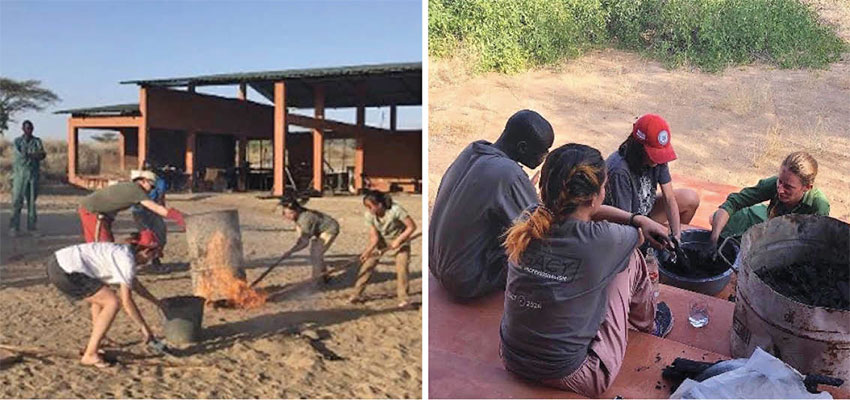
Hello! We are Ava Dijstelbloem ‘25 and Christine Tang ‘25, from MIT D-Lab, and this summer we are in Kenya working with the Turkana Basin Institute and D-Lab principal investigator, Eric Verploegen, to research evaporative cooling as a means of post harvest fruit and vegetable storage.
In regions of the world where access to food preservation methods is limited, up to 50% of produce is lost during transport or at markets before it ever reaches households. In addition, many households are unable to preserve fresh produce for longer periods before it spoils. This project aims to provide an affordable and locally accessible solution for communities that lack access to electricity and vegetable preservation methods.
Understanding the local context
Since arriving in Turkana three weeks ago, we have conducted interviews with vegetable vendors in Lodwar and Kerio to better understand the local supply chain and the need for cold storage in the Turkana region. We also spoke with a local farmer about her farming practices and how she is currently able to cool her vegetables post harvest. Both the market vendors and farmers mentioned that a significant amount of produce and income is lost each week due to spoilage. One market vendor reports losing 25-50% of her produce weekly. Through these interviews, we also learned that many people in the Turkana region already have an understanding of evaporative cooling and use this as a method to cool produce by sprinkling water or placing wet jutesack over produce in the evenings.

Experimenting with different designs
In addition to conducting interviews, we have started an initial round of experiments to test the effectiveness of various materials and configurations for evaporative cooling. Our first experiment tests bulk absorber materials that are used to store water and allow for evaporation throughout the day. These bulk absorbers include: sand, charcoal, and charcoal briquettes. We sewed each material into a jute sack blanket which was placed on top of identical plastic buckets.

Temperature and humidity sensors are placed inside each bucket so that we can compare the temperature and humidity inside to the ambient temperature and humidity. We are using a Particle Argon to collect data, which uses wifi, so we can view our data at any time! Our other experiments that are currently running are testing different evaporative cooling configurations and structures made from local materials that we purchased in Lodwar. This upcoming weekend we will be testing prototypes at an archaeological field camp!

The past two weeks have already been the most amazing experience, and we can’t wait to see what else we can learn about Turkana and evaporative cooling this summer!
About the authors
Christine Tang is a sophomore at MIT studying mechanical engineering. At D-Lab, she has taken Introduction to Energy in Global Development and is creating a system to survey people in low-income nations more efficiently.
Ava Dijstelbloem is a sophomore at MIT studying mechanical engineering. She has taken D-Lab: Water Sanitation and Hygiene. She is also part of the evaporative cooling team at D-Lab, specifically looking at how to optimize the efficiency of clay pot coolers for fruit and vegetable preservation.
More information
Evaporative Cooling for Vegetable Preservation Research
Contact
Eric Verploegen, MIT D-Lab Research Engineer; Evaporative Cooling Research Lead

